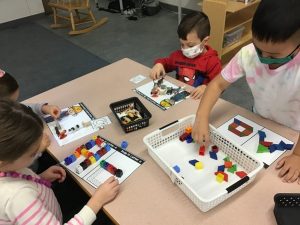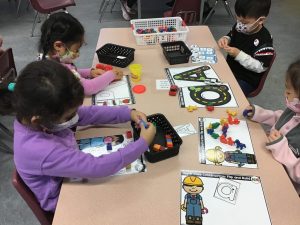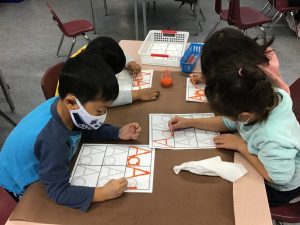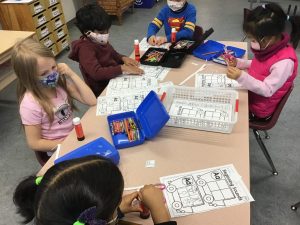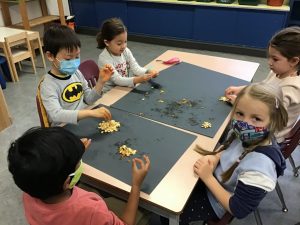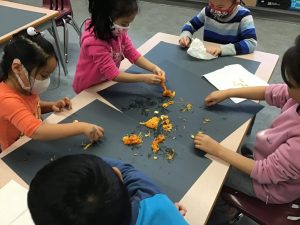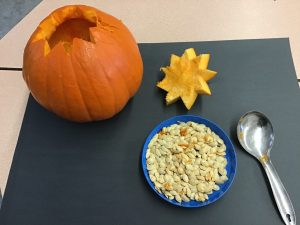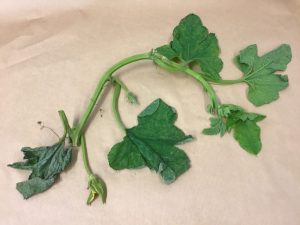Children love to play games
In the classroom, we actively practice new strategies and develop math fluency through hands-on activities, such as games, puzzles etc. We also work together because cooperative learning encourages different ways of thinking. We can count, show one-to-one correspondence, order and compare numbers, subitize (quickly identify the number of items in a small set without counting), estimate, decompose numbers (break a number into smaller parts) and form numerals correctly.
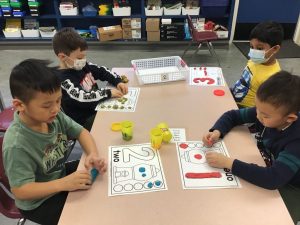 |
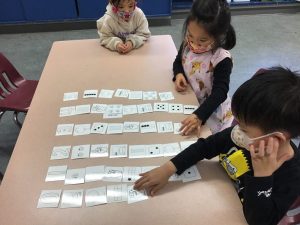 |
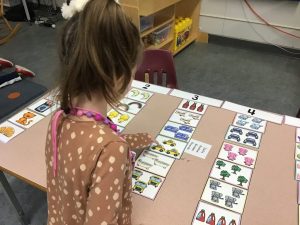 |
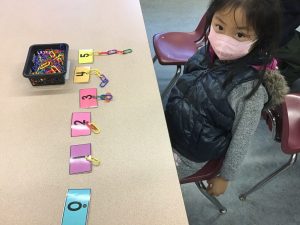 |
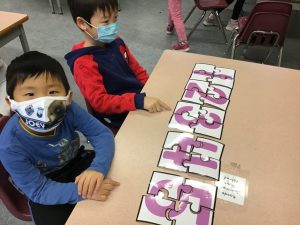 |
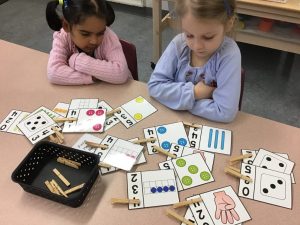 |
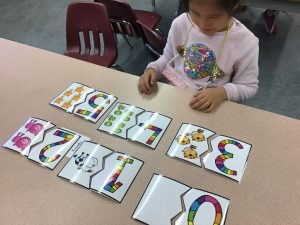 |
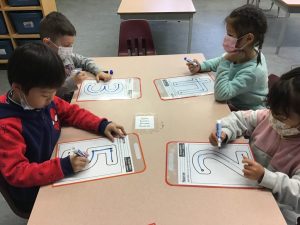 |
At home, playing games is a wonderful way to share time with family members, to have fun, and to learn math concepts.
In simple card games such as Go Fish, Concentration, War or Crazy Eights children learn to identify numerals, match numerals to the number of objects, recognize more, less and equal and practice memory skills. They also develop fine motor coordination by picking up and handling the cards.
By playing dominoes or games with dice, children learn to count the dots and relate those dots to the number they represent. Moving game pieces the right number of spaces on a board adds the concept of one-to-one correspondence (being able to point to an object as it is counted), and constantly comparing the rolled numbers helps develop number sense.
Games are also a great way to spend quality time together on these cold, rainy nights. Have fun!
